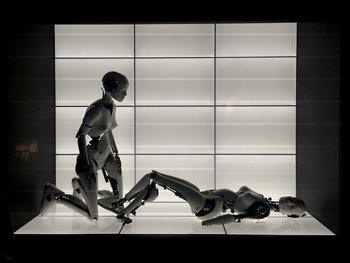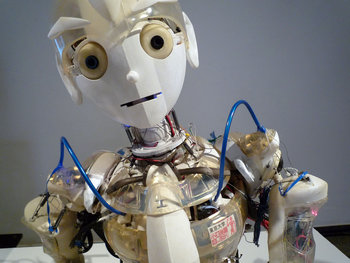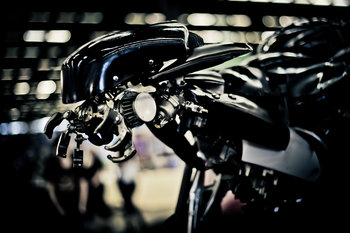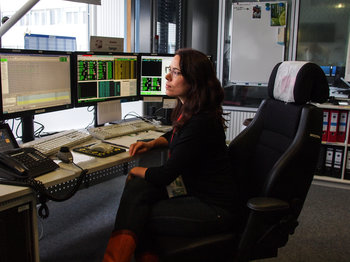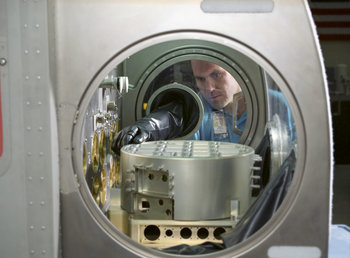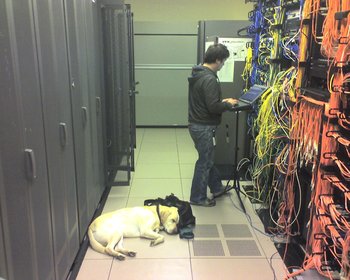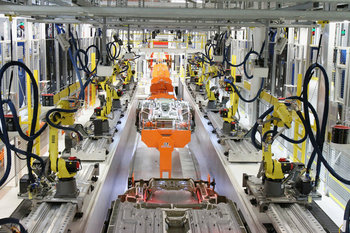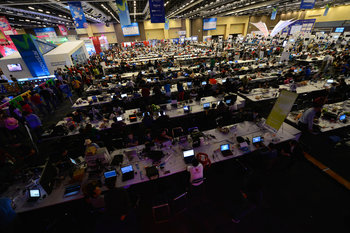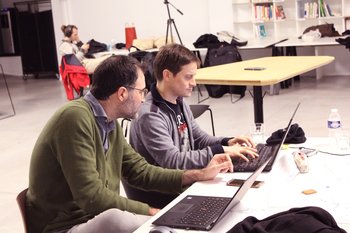
Navigation
Automatic transport and movement in real world environments. For example, a self driving car, robot vacuum cleaner or space probe.Human Interaction
Interaction with people. For example, a system that can accept verbal commands in a natural language.Decisions
Autonomous decision making that may occur in real time and consider a large number of variables. For example, software designed to trade stocks automatically.Work
Systems that perform physical work such as a robot on a production line. An autonomous system can respond to unexpected problems and exceptions in work environments in an intelligent way. Traditional automation simply generates errors when something unexpected happens.Processes
Systems that perform non-physical work such as customer service functions. Autonomous systems differ from traditional process automation in that they can implement a process a different way each time in a flexible manner based on conditions. For example, an autonomous system might respond to an upset customer with a different strategy than it would use towards a happy customer.Controls
Management of things such as risk, quality and operations. Management often involves handling problems, exceptions and new conditions.Intelligent Things
Infrastructure, facilities, buildings and products that automatically respond to conditions. For example, a window that optimizes for goals such as energy efficiency and the comfort of people in a room in conditions that vary from intense sunlight to a hurricane.| Overview: Autonomous Systems | ||
Type | ||
Definition | A class of software that can respond to real world conditions automatically. | |
Related Concepts | ||










